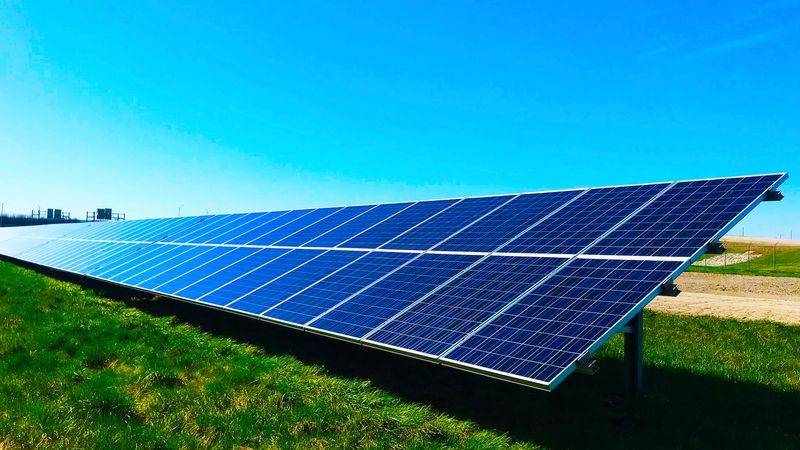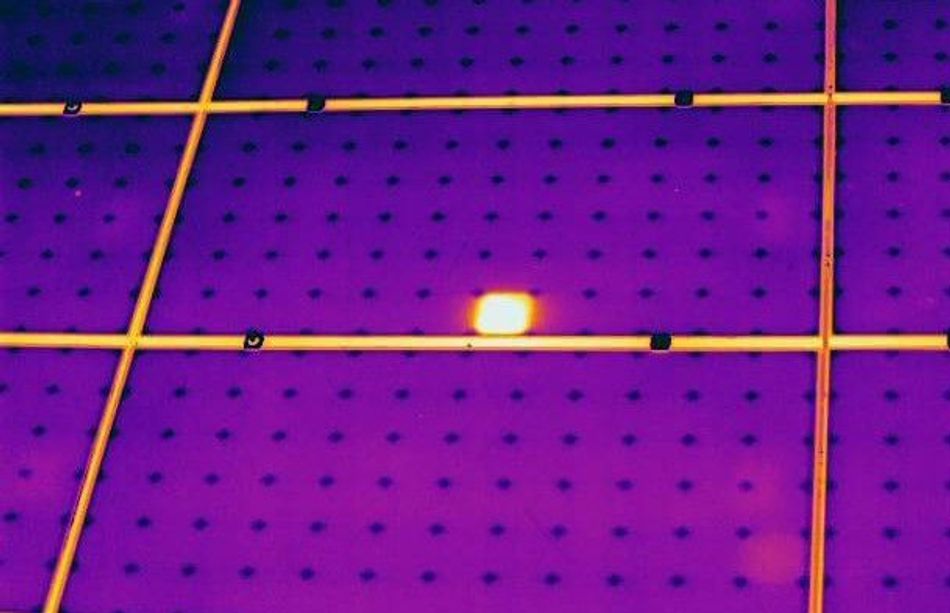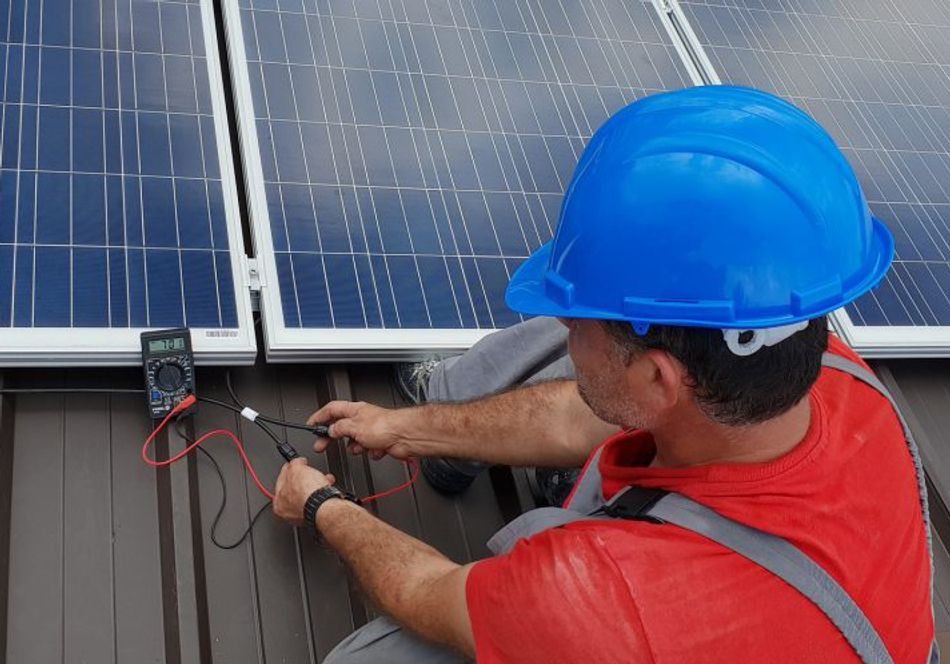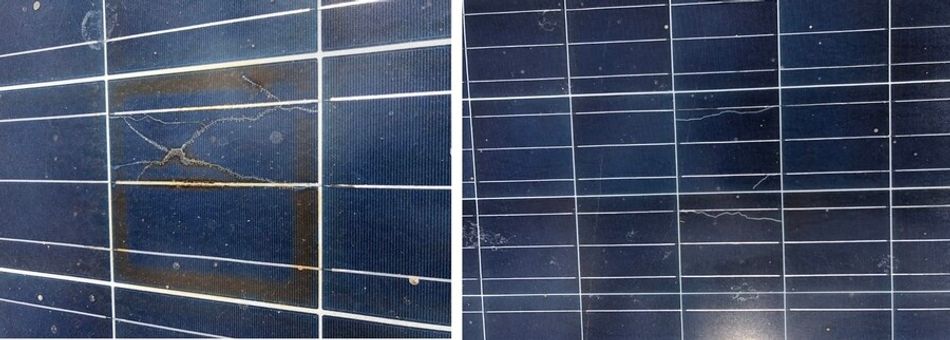How to Detect Solar Panel Defects - Intro
As solar power becomes increasingly popular, it’s essential to be aware of the potential defects that can occur in solar panels. While most panels are built to last decades, a few things can go wrong.

Photo by Chelsea on Unsplash
This article was first published on
maxlab.ioAs solar power becomes increasingly popular, it’s essential to be aware of the potential defects that can occur in solar panels. While most panels are built to last decades, a few things can go wrong.
Solar panels are essential to the renewable energy equation, but they’re not perfect. Defects can occur in manufacturing, leading to visual defects, electrical problems, and decreased performance.
Visual defects
Visual defects are usually the result of physical damage to the solar panel. This can include cracked glass, chipped edges, and scratches. These defects can reduce the amount of light the solar panel can capture, which will, in turn, reduce the amount of power it can generate.
Microcracks occur during solar cell manufacturing and module assembling. Preventing cracks is easy when you pick up panels yourself from a warehouse, vertically stacked or wrapped in blankets or foam. Some PV modules are more susceptible to cracking than others. The least crack-prone option would be a monocrystalline module with half-cut solar cells and the maximum number of busbars.
Non-visible defects
Some non-visible or not easily detectable defects are caused by dirt or dust on the surface of the solar panel. These defects can cause the solar panel to absorb more heat than it is designed to or reduce its power output.
Also, inadequate spacing between the cells, ineffective light trapping by the cell material, low doping of the cell material, and poor electrical contact between the cell and the metal electrodes can cause such defects.
Electrical defects
Electrical defects are usually caused by improper installation or wiring. These defects can cause the solar panel to generate less power than it is rated for or to generate power intermittently.
Manufacturing defects usually cause maximum power point defects. These defects can cause the solar panel to generate less power than it is rated for at its maximum power point.
Open Circuit Defect: This type of defect results in an open circuit in the solar panel, which prevents current from flowing through the panel. This can be caused by a break in the panel’s surface, a void in the panel’s interior, or a damaged connection.
Short Circuit Defect: This defect results in a short circuit in the solar panel, which allows current to bypass the panel and flow directly to the ground. This can be caused by a break in the panel’s surface, a void in the panel’s interior, or a damaged connection.
Reverse Bias Defect: This defect results in a voltage difference between the front and back of the solar panel, inhibiting current from flowing through the panel. This can be caused by a break in the panel’s surface, a void in the panel’s interior, or a damaged connection.
Conclusion
If you have a solar panel with any of these defects, it is essential to have it repaired or replaced as soon as possible. These defects can cause your solar panel to generate less power than it is capable of, which can increase your electric bill.
These problems can be caused by several factors, including manufacturing defects, damage during shipping or installation, or environmental factors such as bird droppings or hail storms. While most solar panels are built to withstand these kinds of problems, it’s always a good idea to be aware of the potential for defects so that you can be sure to get the most out of your solar panel investment.
